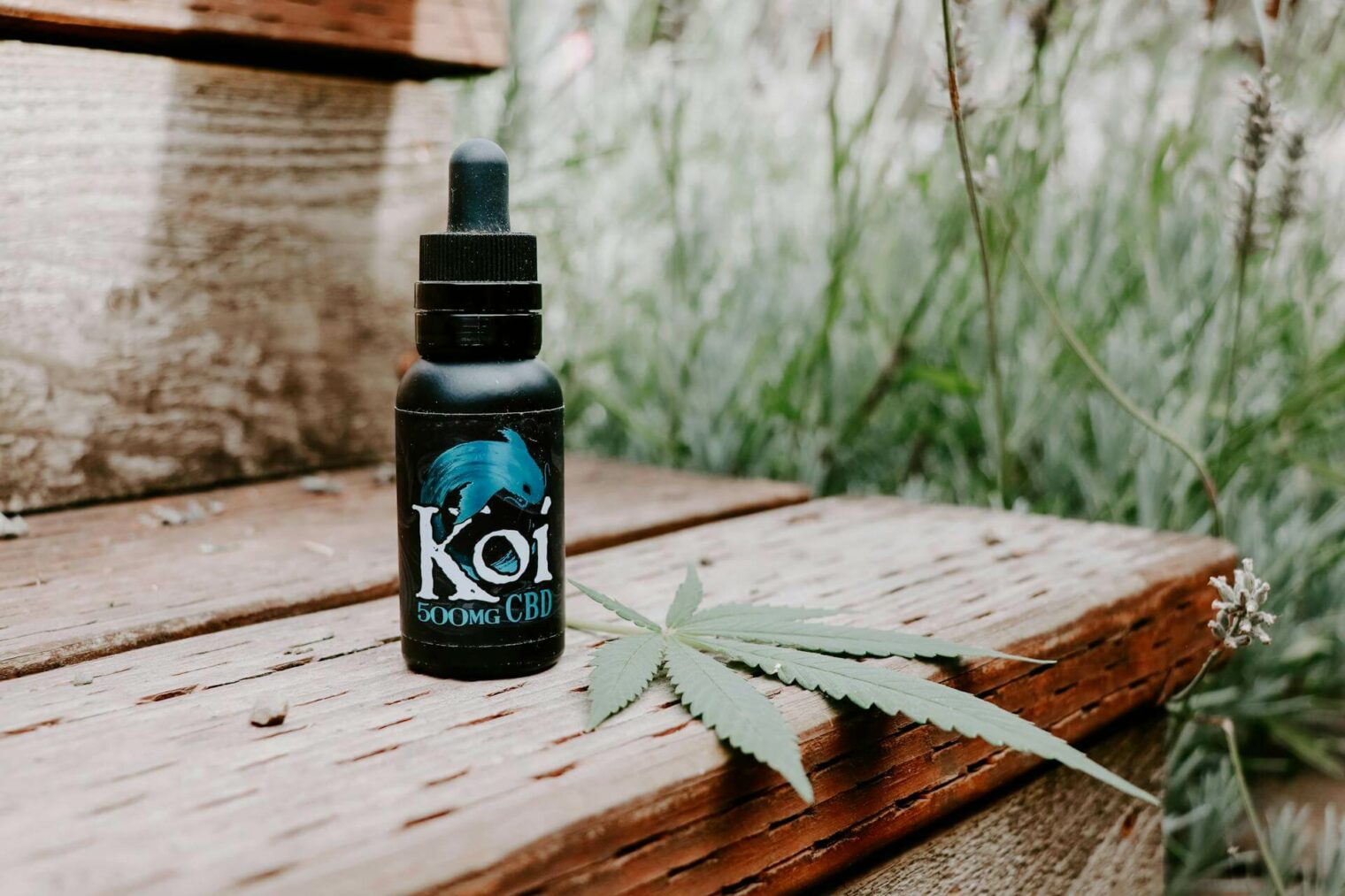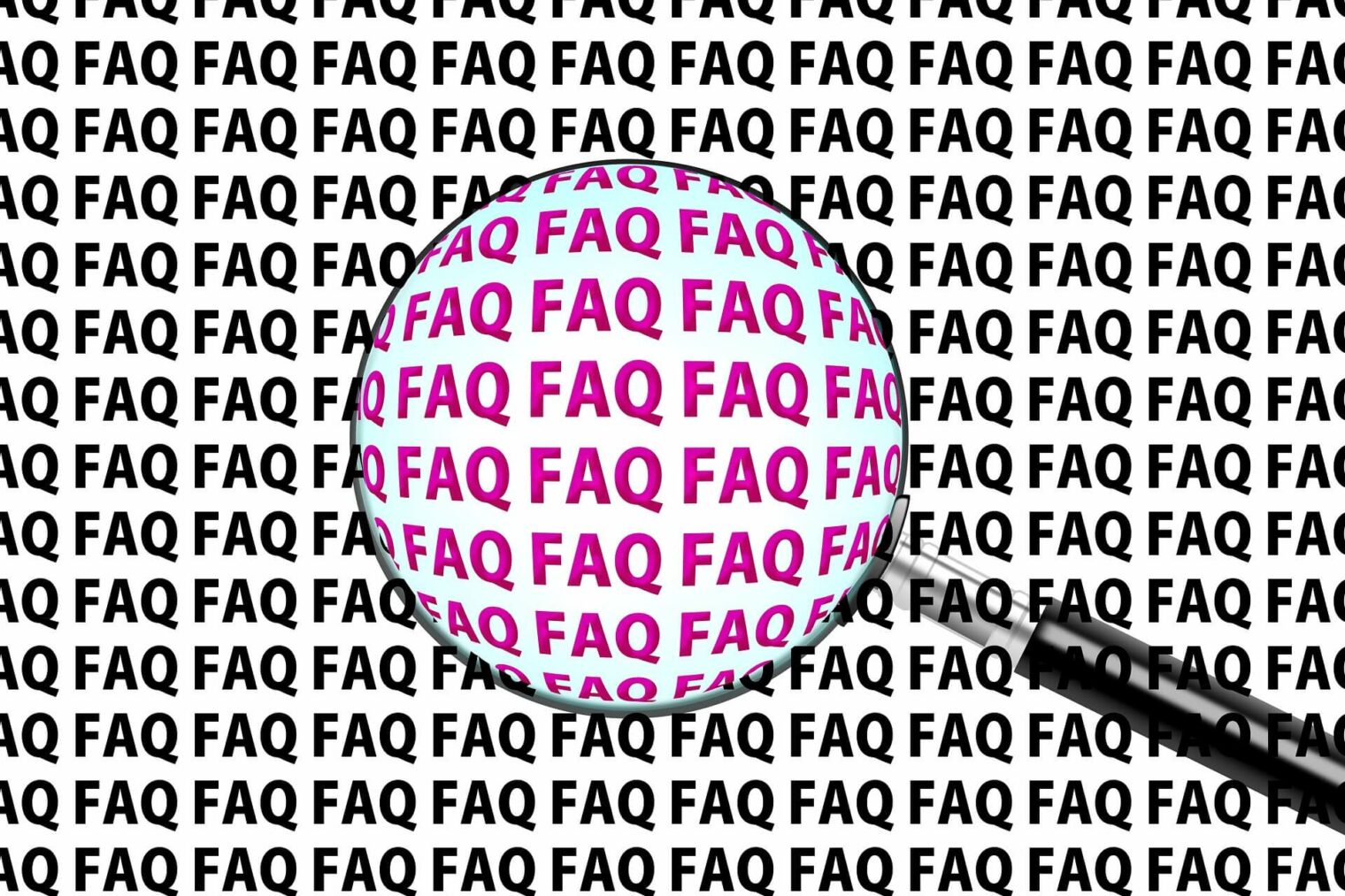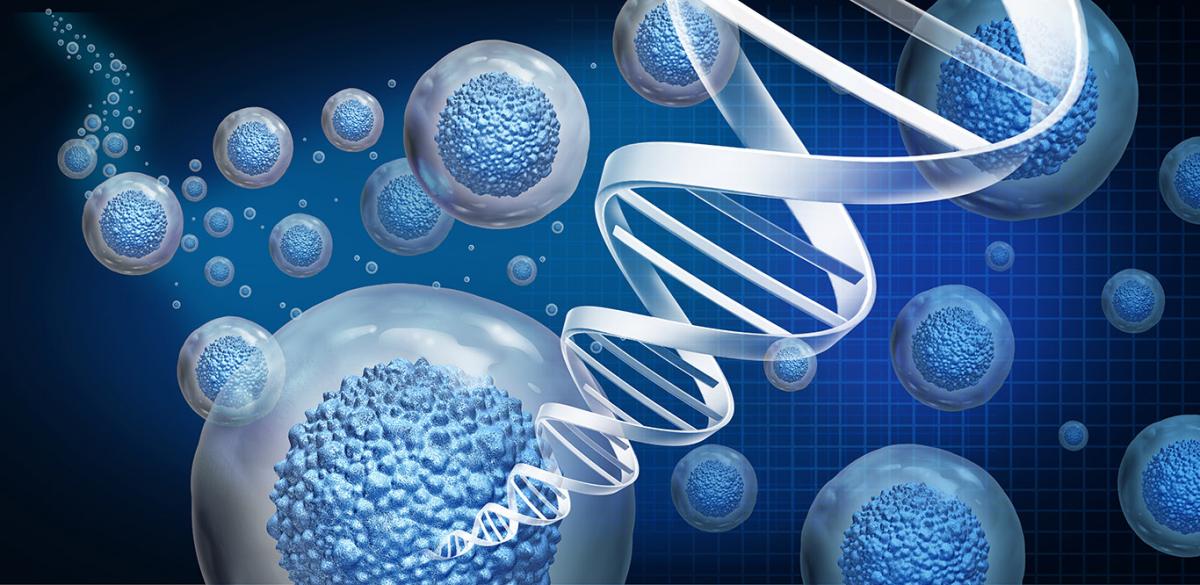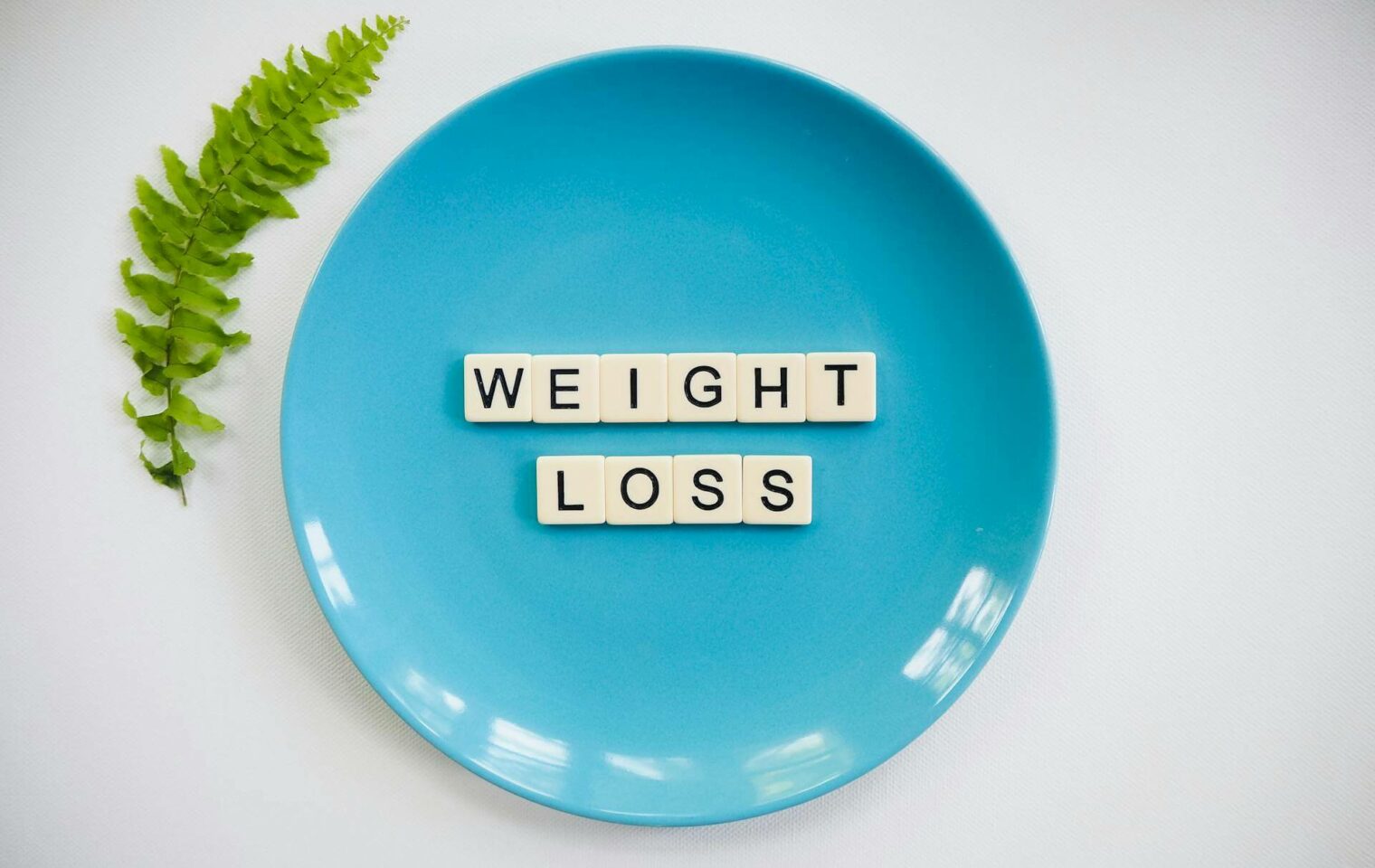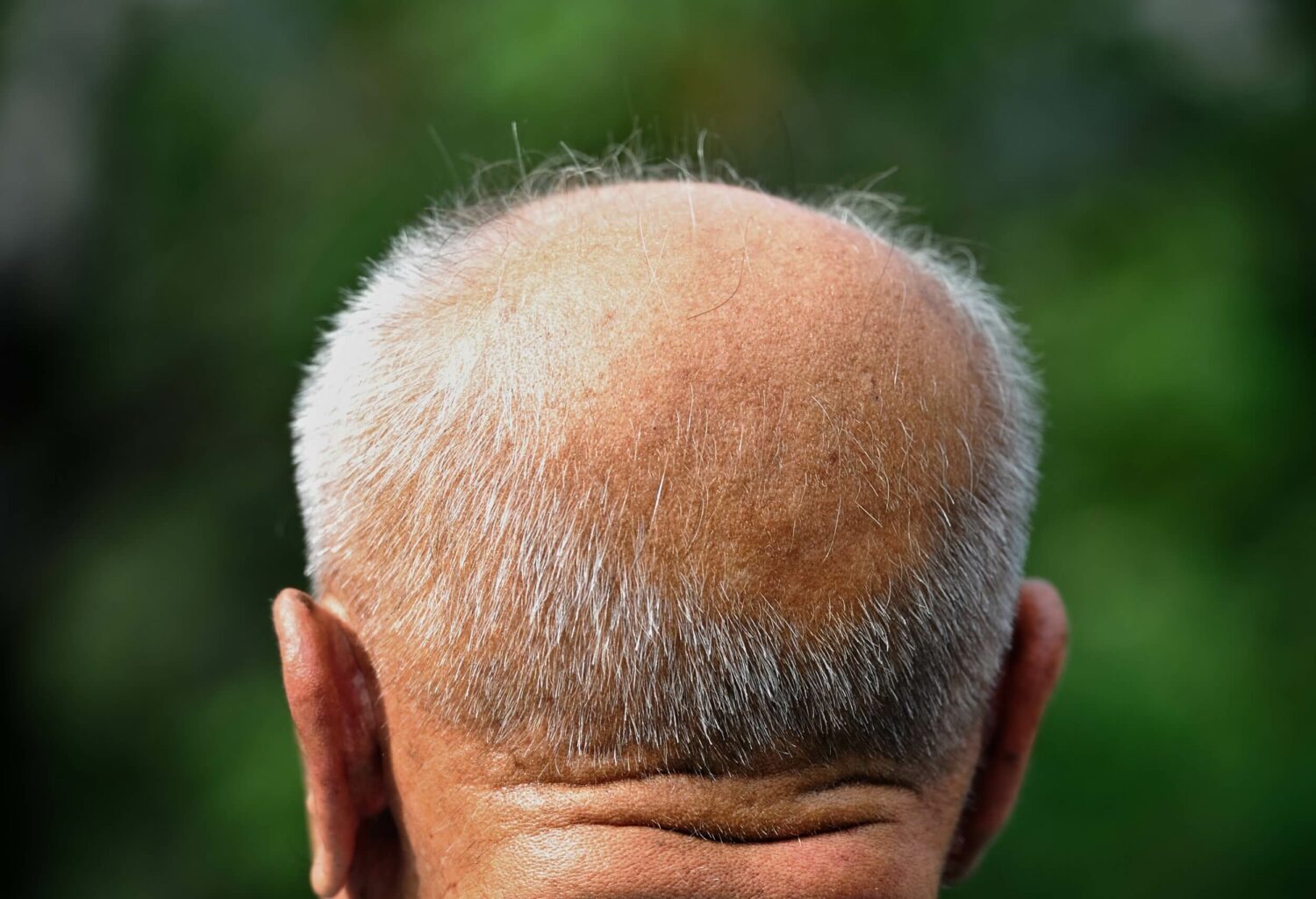In the bustling world of wellness and health, confusion often arises between two popular substances: CBD and THC. Many find themselves scratching their heads, wondering how these components differ and which might suit their needs better.
With both derived from the Cannabis Sativa plant yet offering vastly different effects and legal standings, it’s no surprise that clarity is sought after.
A key fact to understand is that while THC (Tetrahydrocannabinol) carries psychoactive properties known for producing a ‘high,’ CBD (Cannabidiol) does not induce these same psychoactive effects.
This article aims to demystify the differences between CBD and THC, exploring their definitions, legal status across various countries, chemical structures, medical uses, and common misconceptions about cannabis treatments.
Ready to clear up the confusion? Keep reading!
Understanding CBD and THC
CBD and THC are compounds found in cannabis plants. CBD is non-psychoactive, while THC is psychoactive, causing a “high” feeling.
Definition of Cannabidiol (CBD)
Cannabidiol, commonly known as CBD, stands out as a crucial compound in the cannabis plant. Unlike its counterpart THC (tetrahydrocannabinol), CBD does not lead to intoxication or the “high” often associated with marijuana use.
Extracts from hemp, a variety of cannabis plants with low THC levels, are typically rich in CBD. This distinction is vital because it allows for CBD’s legal status and use in various treatments without psychoactive effects.
Scientists have identified over a hundred cannabinoids in cannabis plants, but CBD garners significant attention for its potential therapeutic benefits. It plays an important role in medical marijuana and hemp-based products designed for health and wellness purposes.
The non-psychoactive nature of cannabidiol makes it appealing to people looking for relief from inflammation, pain, anxiety, seizures, and other conditions without the mind-altering effects of marijuana or certain pharmaceutical drugs.
Definition of Tetrahydrocannabinol (THC)
Tetrahydrocannabinol (THC) is a chemical compound found in the cannabis plant. It is responsible for the psychoactive effects associated with marijuana use. THC binds to receptors in the brain and nervous system, leading to feelings of euphoria, relaxation, and altered perception of time and space.
This compound is primarily found in the flowering tops and leaves of the cannabis plant.
THC is known to have therapeutic effects as well, particularly in managing pain, and nausea, and stimulating appetite. However, it’s important to note that THC also has potential side effects including anxiety, paranoia, and impairment of cognitive functions.
Key Differences Between CBD and THC
CBD and THC have distinct effects on the body, with CBD being non-psychoactive and widely accepted in many countries, whereas THC is psychoactive and restricted in some regions. The chemical structures of these compounds also differ significantly.
Psychoactive vs. Non-psychoactive effects
THC is psychoactive, meaning it can alter brain function and cause intoxication. This is due to its ability to bind with CB1 receptors in the central nervous system. On the other hand, CBD does not produce a high as it does not bind well with CB1 receptors.
It interacts differently with the endocannabinoid system, resulting in non-psychoactive effects.
CBD’s non-psychoactive nature makes it an attractive option for those seeking relief from pain, inflammation, anxiety, and other conditions without experiencing mind-altering effects.
In contrast, THC’s psychoactive properties are sought after by individuals using medical marijuana for managing symptoms such as chronic pain or nausea.
Legal status in different countries
Transitioning from the discussion on psychoactive versus non-psychoactive effects, it’s important to note that the legal status of CBD and THC varies across different countries. In the UK, for example, CBD is legal as long as it contains less than 0.2% THC.
However, in some other countries like Canada and parts of the United States, both CBD and THC are legal for medical and recreational use with specific regulations in place.
In Germany, CBD is classified as a novel food supplement and requires authorisation before being marketed or sold. Conversely, THC remains illegal for recreational use in most parts of the world due to its psychoactive effects but has been legalised for medicinal purposes in certain regions.
In Australia, laws surrounding cannabis legalisation are complex. While medical marijuana containing both CBD and THC has been legalised at the federal level since 2016 under strict conditions, recreational cannabis remains prohibited except in some territories where limited personal use is allowed. In Thailand, CBD can be used for cannabis treatments.
Such variations depict the nuanced approach towards regulating these substances worldwide.
Chemical Structure
Transitioning from the legal status of CBD and THC to their chemical structure, it’s important to understand that both compounds have a similar chemical makeup but differ in a critical way.
Cannabidiol (CBD) and Tetrahydrocannabinol (THC) share the same 21-carbon structure, 30 hydrogen atoms, and 2 oxygen atoms. However, the arrangement of these atoms is what sets them apart.
The difference lies in how one specific atom is arranged; while CBD has a hydroxyl group (-OH), THC contains a cyclic ring with an ester group (-CO-O-). This slight variance results in vastly different effects on the human body.
The structural disparity determines how CBD and THC interact with receptors in our bodies. Specifically, this distinction influences how they bind to cannabinoid receptors in our endocannabinoid system, producing their diverse physiological effects.
Understanding this variation sheds light on why they affect us differently despite sharing many similarities at the molecular level.

Benefits and Medical Uses
CBD is commonly used for pain management, while THC is known for its medical marijuana applications.
Cannabidiol (CBD) for pain management
Cannabidiol (CBD) is widely known for its potential in managing pain. Studies have shown that CBD interacts with the endocannabinoid system, helping to reduce inflammation and alleviate discomfort related to chronic conditions such as arthritis.
Additionally, patients undergoing cancer treatment have reported reduced pain levels after using CBD-based products. Its analgesic properties make it an appealing option for individuals seeking natural alternatives to traditional pain medications.
Moreover, research has indicated that CBD may also help manage neuropathic pain without causing tolerance or dependence issues commonly associated with opioid medications. This makes CBD a promising solution for individuals suffering from nerve-related pain conditions like multiple sclerosis or diabetic neuropathy.
Tetrahydrocannabinol (THC) for medical marijuana
Transitioning from the pain management benefits of CBD, we delve into the use of tetrahydrocannabinol (THC) for medical marijuana. THC is the primary psychoactive component in cannabis, responsible for producing the “high” sensation.
When used medicinally, THC has shown efficacy in alleviating symptoms associated with conditions such as chronic pain, muscle spasms, and nausea. Research has also indicated that THC can stimulate appetite – particularly beneficial for patients undergoing chemotherapy or suffering from eating disorders.
With a wide range of potential applications, THC continues to be studied and implemented in medical settings. Its role in managing various health conditions underscores its significance within the realm of medicinal treatment.
Misconceptions and Clarifications
Misconceptions about CBD and THC often lead to confusion. Clarifying these points is crucial for a better understanding.
CBD is not psychoactive
CBD does not produce a “high” or alter the state of mind. It is non-psychoactive, unlike THC which is known for its mind-altering effects. This aspect makes CBD more suitable for those who want to experience the potential therapeutic benefits of cannabis without the associated euphoria or impairment.
Different sources and components of CBD and THC
CBD and THC are both derived from the cannabis plant. CBD is commonly sourced from hemp, whilst THC is primarily found in marijuana. CBD is extracted from the flowers, leaves, and stalks of the hemp plant, whereas THC is obtained from the flowering tops and leaves of marijuana plants.
The components of CBD are mainly found in oil form and can also be infused into various products such as edibles, oils, capsules, and topical creams. On the other hand, THC is most commonly consumed by smoking or vaporising dried buds of the marijuana plant.
Differences Between CBD and THC
The key Takeaway: CBD and THC have distinct characteristics, legal standings, and effects. Their benefits offer practical solutions for pain management and medical cannabis use. How do you plan to incorporate these differences into your lifestyle? Exploring further information on this topic will lead to a better understanding of the intricate world of cannabinoids.
Seek out reliable resources or consult an expert for additional guidance in navigating this ever-changing landscape. The potential impact of utilising these distinctions can be quite significant – are you ready to take advantage of what CBD and THC have to offer?

